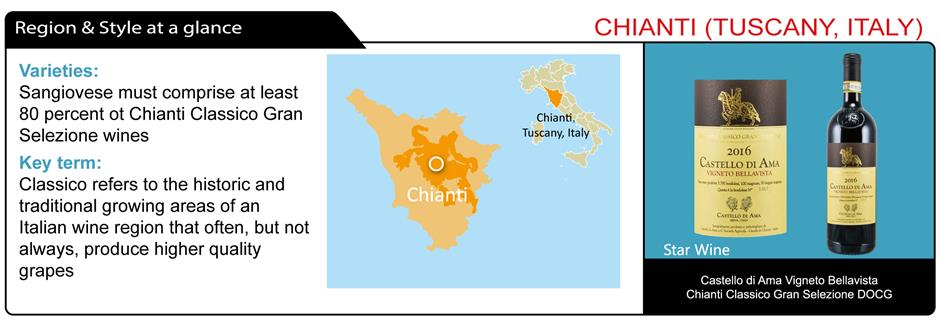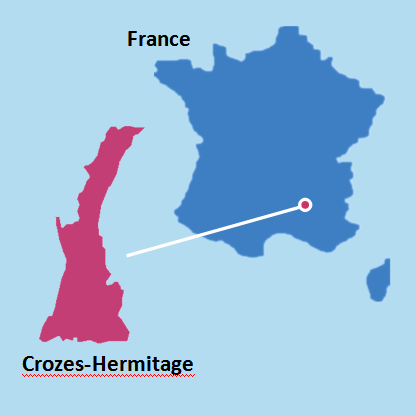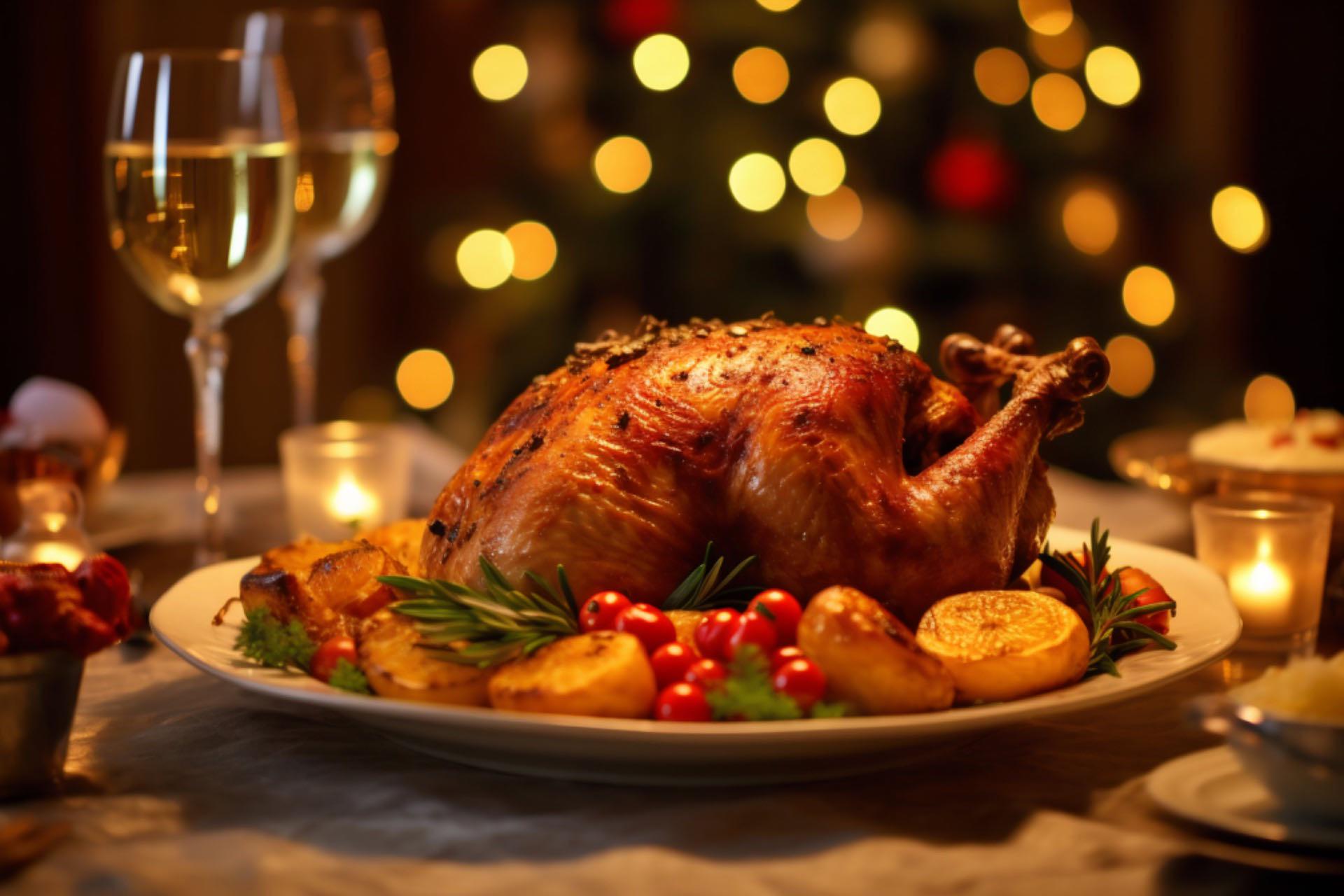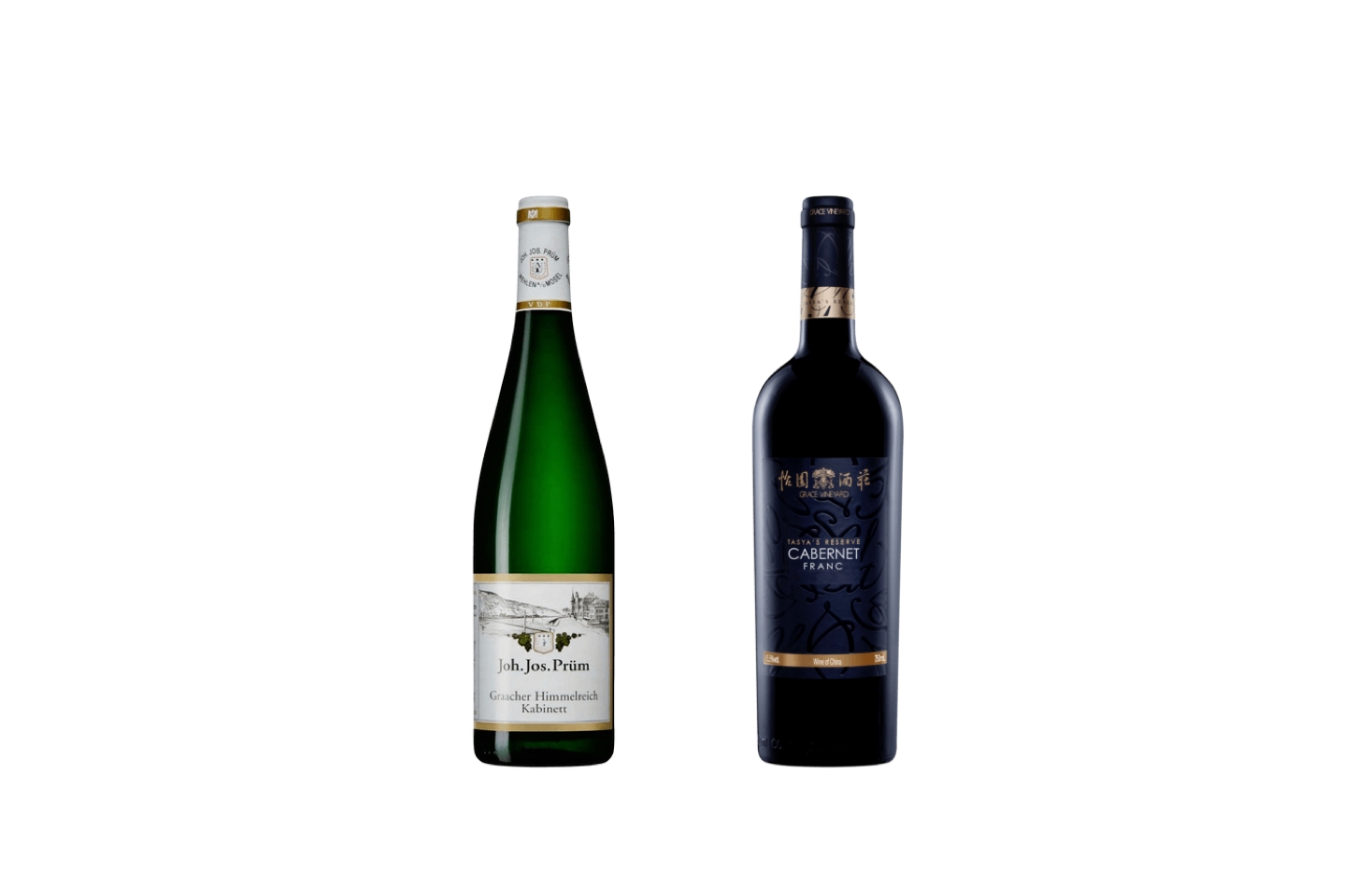Summary
This week I'll take readers on a journey of three surprisingly intertwined mysteries. One is a season, another an ancient civilization and the third a historically important style of wine. All three of these mysteries are near and dear to my heart.
The words winter, spring and summer all have their etymological roots in the Latin language, but the word autumn is of more nebulous origin. In the 16th century, autumn gradually replaced the term harvest to denote the season that follows summer and precedes winter. Some speculate an Etruscan pedigree, which certainly has appeal, as this progenitor Italian civilization is considered one of the all-time great gourmet and wine civilizations.
Additionally, the origin of the Etruscans, like the word autumn, is unknown. Historians are divided on the subject, with some speculating they fled famines in Lydia Asia Minor. Others believe they descended from ancient Alpine Rhaetian tribes that migrated south. A few speculate they were descendents of the Pelasgians, the indigenous inhabitants of Greece. The Etruscan civilization flourished in modern day Tuscany from approximately 800 to 500 BC, until the Romans subjugated them in the 3rd century BC. There's one other interesting point about the Etruscans – they were the first known cultivators of the Sangiovese grape.
Sangiovese is an ancient grape that shares the enigmatic lineages of the word autumn and the Etruscan people. Italian ampelographers believe that Sangiovese is a mutation of native varieties from Calabria in southern Italy, and most likely the indigenous Tuscan grape Ciliegiolo as well.
From the time of the Etruscans, Romans and through the Middle Ages, Renaissance and modern times, Sangiovese has been the most important grape in Tuscany and many other parts of Italy. The modern name Sangiovese derives from the Latin term "sanguis Jovis," or "the blood of Jove," and most likely refers to the ruby red color of wines made from the grape.
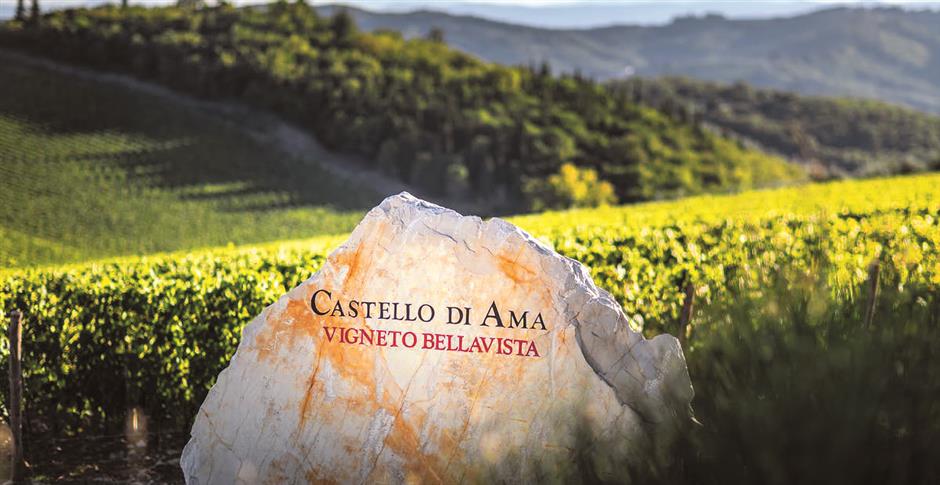
The beautiful view and vines of Vigneto Bellavista vineyard.
The most important manifestation of the Sangiovese variety and most important Tuscan wine is Chianti. The first mention of Chianti was in a 14th-century Mazzei family purchase document. In all likelihood, the first Chianti-like wine was made centuries before.
Early versions of Chianti ranged from light rose to denser red wines. In the mid-19th century, the legendary Iron Baron, Barone Bettino Ricasoli, created the first official formula for Chianti.
The baron, who interestingly also happened to be the second prime minister of a united Italy in 1862, stipulated that Chianti wines should be mostly Sangiovese, with the local varieties Canaiolo and Malvasia also allowed. Over the years the official formula for Chianti wines has evolved, but Sangiovese remains the principal grape in all Chianti wines.
In past columns, I've introduced basic Chianti wines as versatile companions to a host of foods, including many Chinese dishes. This week I'll focus on the top of the Chianti quality pyramid – the Gran Selezione wines. This new apex category of Chianti wines was approved by Italian authorities and the European Commission in February of 2014. The first vintage of wines allowed to carry this new designation was 2010.
The greatest Chianti of them all?
By law, all Gran Selezione wine must be made from grapes grown on the winery estate, either from a single vineyard or from the estate's best grapes. The minimum required aging is 30 months, or six months longer than Riserva wines. The minimum alcohol percentage is 13 percent. Like all Chianti Classicos, Gran Selezione wines are required to be 80 percent Sangiovese, with up to 20 percent of the native grapes Colorino and Canaiolo as well as selected international varieties allowed.
The goal of creating a new Chianti super premium category was to lift the overall image of Chianti wines, and reward estates that cultivate their own grapes and make their own wines. Though quite controversial with some Chianti traditionalists and large producers that sourced grapes from third parties, the mission of Gran Selezione has been a resounding success. These wines are among the best in the world, and have helped Chianti reclaim its historic exalted status as a great wine.
One of my favorite Gran Selezione wines is made by Castello di Ama, one of Italy's most beautiful estates that's also known for celebrated modern art created by Italian and foreign artists. The estate owner is Lorenza Sebasti, who perfectly integrates her passion and knowledge of art with wines.
Her complex and balanced Castello di Ama Vigneto Bellavista Chianti Classico Gran Selezione wine offers aromatic and taste sensations of ripe cherries and strawberries, with spicy and woodsy notes and a pleasingly long and delicious finish. The Castello di Ama Chianti Classico Riserva is also wine well worth trying.
Another Gran Selezione producer is a longtime friend of mine – Francesco Ricasoli, the 32nd Barone Ricasoli and great grandson of the Iron Barone. Through Herculean efforts, he has returned this historic estate back to prominence after a period of decline. Today, Francesco produces a range of excellent wines that reflect both the history and potential of the land. The Barone Ricasoli Castello di Brolio Chianti Classico Gran Selezione has long been one of my favorite wines, even when it was simply labeled Chianti Classico.
The wine combines power with elegance, offering black cherry and blackberry aromas with a full-yet-fresh palate and a persistent, seductively soft tannic finish.
Star Wine
